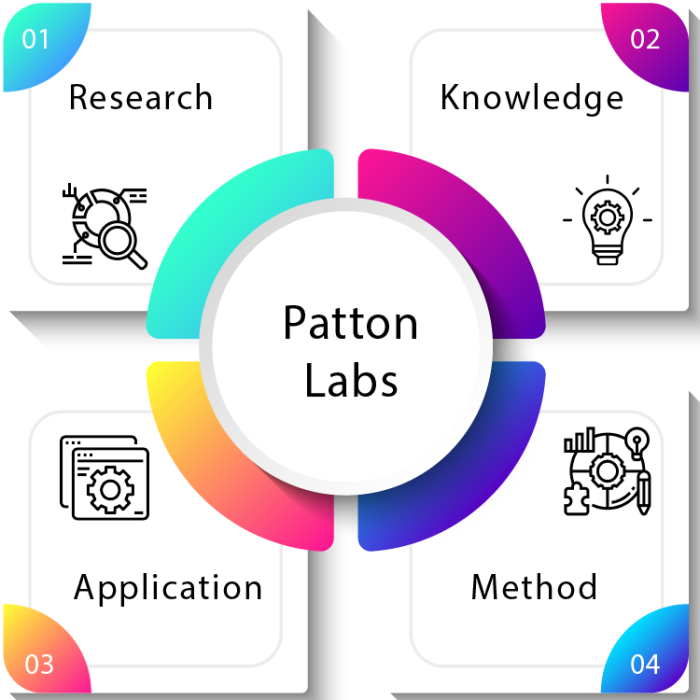
Throughout the years, the web's ability to present, produce, and handle audio, video, and other media has actually grown. There are now a a great deal of APIs, in addition to HTML elements, DOM interfaces, and other features that make it possible to deal with media in exciting and immersive methods. This short article notes guides and recommendations for different functions you might use when including media into your jobs.

Guides

The Media guides are resources that assist you understand, transform, and enhance media online, consisting of audio, video, and images utilizing modern web innovations.
We can provide audio and video on the internet in a number of methods, varying from 'static' media files to adaptive live streams. This post is meant as a beginning point for exploring the numerous delivery systems of web-based media and compatibility with popular web browsers.
Having native audio and video in the web browser indicates we can utilize these information technology streams with innovations such as, WebGL or Web Audio API to customize audio and video straight, for instance including reverb/compression results to audio, or grayscale/sepia filters to video.
Unexpected automated playback of media or audio can be an undesirable surprise to users. While autoplay serves a function, it must be used carefully. To provide users manage over this, numerous internet browsers now offer types of autoplay stopping. This short article is a guide to autoplay, with pointers on when and how to utilize it and how to work with browsers to handle autoplay obstructing with dignity.
Dynamic Adaptive Streaming over HTTP (DASH) is an adaptive streaming protocol. This implies that it enables a video stream to change in between bit rates on the basis of network performance, in order to keep a video playing.
A guide which covers how to stream audio and video, along with techniques and technologies you can benefit from to guarantee the finest possible quality and/or efficiency of your streams.
A guide to the file types and codecs offered for images, audio, and video media on the web. This consists of suggestions for what formats to utilize for what type of material, finest practices including how to supply fallbacks and how to focus on media types, and also consists of general browser assistance info for each media container and codec.
A guide to including images to websites that are responsive, accessible, and performant.
References
HTML
The following HTML elements are used for consisting of media on a page.
The aspect is used to play audio. These can be utilized invisibly as a destination for more complex media, or with noticeable controls for user-controlled playback of audio files. Accessible from JavaScript as HTMLAudioElement things.
The element is utilized to play video content. It can be used to present video files, or as a location for streamed video material. can also be utilized as a way to connect media APIs with other HTML and DOM technologies, including (for frame grabbing and adjustment), for example. It is accessible from JavaScript as HTMLVideoElement items.
The HTML aspect can be placed within an or aspect to supply a referral to a WebVTT format subtitle or caption track to be utilized when playing the media. Accessible from JavaScript as HTMLTrackElement objects.
The HTML element is utilized within an or component to define source media to present. Multiple sources can be used to offer the media in different formats, sizes, or resolutions. Accessible from JavaScript as HTMLSourceElement items.
APIs
The Media Capabilities API lets you identify the encoding and decoding abilities of the device your app or website is running on. This lets you make real-time choices about what formats to utilize and when.
A recommendation for the API that makes it possible to stream, record, and control media both locally and across a network. This consists of utilizing regional electronic cameras and microphones to catch video, audio, and still images.
The Media Session API offers a method to customize media alerts. It does this by offering metadata for screen by the user agent for the media your web app is playing. It also offers action handlers that the internet browser can use to access platform media secrets such as hardware keys found on keyboards, headsets, push-button controls, and software application keys discovered in notification locations and on lock screens of mobile phones.
The MediaStream Recording API lets you record media streams to procedure or filter the data or tape-record it to disk.
The Web Audio API lets you generate, filter, and manipulate sound data both in real-time and on pre-recorded material, then send out that audio to a location such as an element, a media stream, or to disk.
WebRTC (Web Real-Time Communication) makes it possible to stream live audio and video, as well as transfer approximate data, in between 2 peers over the Internet, without needing an intermediary.
Related subjects
Related subjects which might be of interest, given that they can be used in tandem with media APIs in fascinating methods.
In this guide, we cover methods web designers and designers can create material that is available to individuals with various abilities. This ranges from using the alt quality on aspects to captions to tagging media for screen readers.
The Canvas API lets you draw into a, manipulating and altering the contents of an image. This can be utilized with media in numerous methods, consisting of by setting an aspect as the destination for video playback or electronic camera capture so that you can record and manipulate video frames.
WebGL offers an OpenGL ES suitable API on top of the existing Canvas API, making it possible to do powerful 3D graphics on the Web. Through a canvas, this can be utilized to include 3D imagery to media content.
WebXR, which has actually replaced the now-obsolete WebVR API, is a technology that offers assistance for producing virtual truth (VR) and enhanced truth (AR) content. The mixed reality material can then be shown on the device's screen or utilizing goggles or a headset.

The Web Virtual Reality API supports virtual truth (VR) gadgets such as the Oculus Rift or the HTC Vive, making it possible for developers to translate position and movement of the user into movement within a 3D scene which is then provided on the gadget. WebVR has been changed by WebXR, and is because of be removed from browsers quickly.
In 3D environments, which may either be 3D scenes rendered to the screen or a combined reality experience experienced using a headset, it is essential for audio to be performed so that it seems like it's originating from the direction of its source. This guide covers how to accomplish this.










